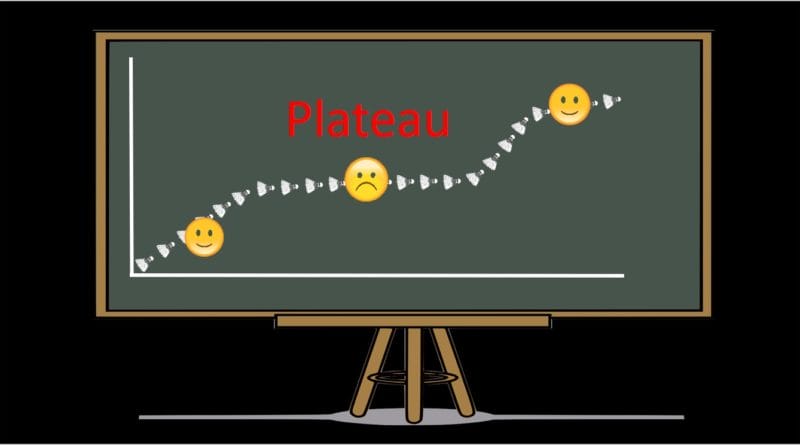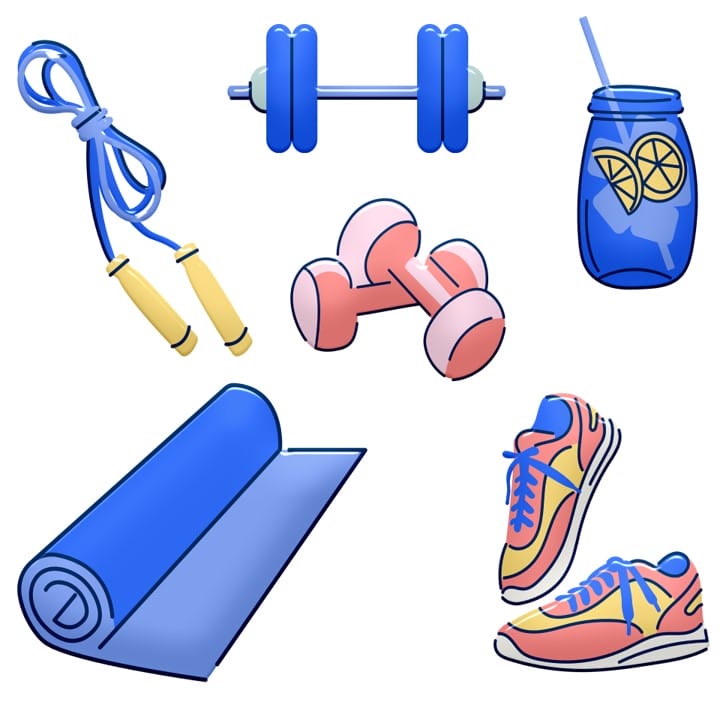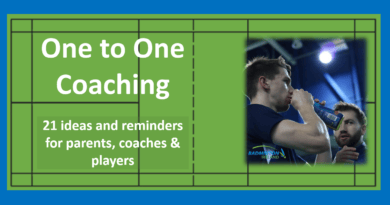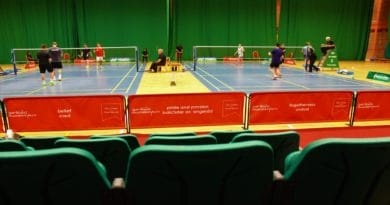How to get through a development plateau
Plateau : that dreaded word that you do not want to hear, let alone experience
All of a sudden you don’t seem to get any better or things that were easy become a chore
Everyone will have experienced a plateau at some time
If you have been practising hard in an attempt to improve, experiencing a plateau can be tough
When you hit a plateau, don’t panic, here are my quick thoughts
- It doesn’t necessarily mean you need to work harder or spend more days at the gym or on the court
- However, you will need to take positive action. That means knowing what to do.
- Doing exactly the same and hoping this will change is not the answer.
- It may not be your attitude or your motivation, there are other more likely reasons
- Coaches if your players are struggling to develop, feel stale, or worse, they are feeling that nothing is working, then you MUST TAKE ACTION
– – – – – – – – – – – – – – – – – –
These tips will help you work through a plateau and give you ideas to try out
Some will work faster than others, some you will enjoy, others maybe not 🙂
1 Take an Active Rest
2 Time to Eat
3 Mix it Up
4 Different Day, Different Intensity
5 Have a talk with your Coach
6 Be assured
– – – – – – – – – – – – – – – –
1 Take an active rest
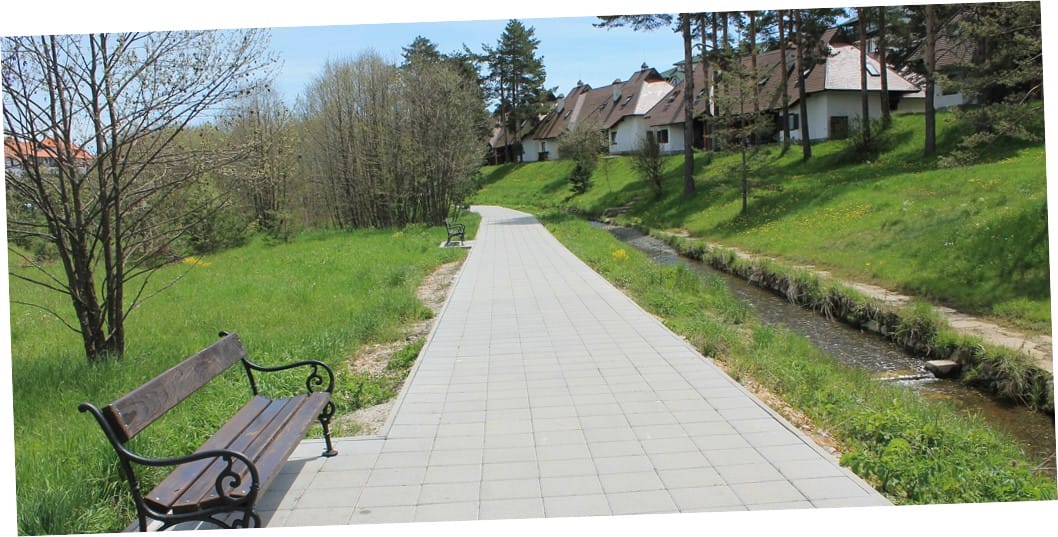 If you have hit a plateau, it may be time for an active rest.
If you have hit a plateau, it may be time for an active rest.
Active rest means still doing something but not to your max, or just sitting at home watching box sets on NetFlix 🙂
Take a week off from your normal routine exercise, and instead do something completely different, play another sport, or take a new gym class.
Active rest rejuvenates the mind and the body and allows for overworked muscles to rest and rebuild. You will return to exercise stronger and ready for new challenges.
Spend less time on the court (reduce by 25%) and more time on the your bike outside. Go for evening walks, every night walk for 30 mins, it really helps.
Be careful not to try something then work to your maximum! The idea is not to gain strength or become an expert in whatever you choose. It’s just to put a pause, a break into your routine, plus you also keep active.
Playing X Box or PlayStation is not active rest 🙂
– – – – – – – – – – – – – – – –
2 Time to Eat
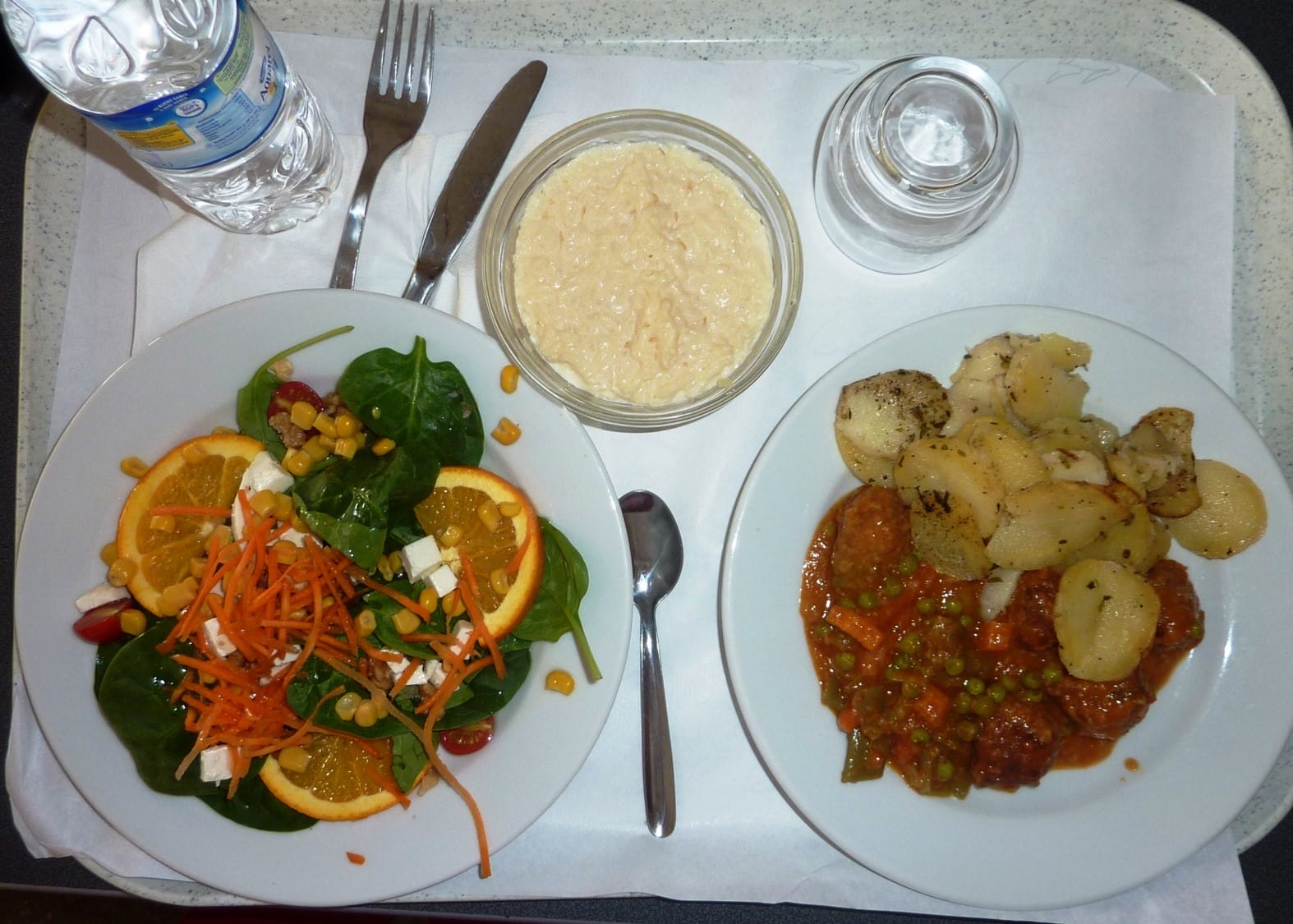 As you increase your fitness level, your body’s metabolism may increase and so will your calorie needs. If you hit a plateau, evaluate how much you are eating. You may need to eat more than you have in the past for your body to continue to increase its fitness level.
As you increase your fitness level, your body’s metabolism may increase and so will your calorie needs. If you hit a plateau, evaluate how much you are eating. You may need to eat more than you have in the past for your body to continue to increase its fitness level.
If you find you are often hungry, this is a clear sign you need to eat more to sustain your exercise program.
Spend the next week keeping a record of how much you eat and when you eat. Then during the next week change 1 or 2 things. Have a bigger breakfast or eat something on the way to training. Then remember to eat something very soon after training.
Evaluate how you feel after 4 days of doing this, do you have more energy? Are you waking up feeling different?
If you are part of a sports programme and are able to talk with a Sports Nutritionist then I recommend that you do so. Even if you feel you have enough energy at this moment. Talking to them and making a record will prepare you for future discussions.
What and When you eat will make a difference in how you feel
It’s as important as your on-court training
– – – – – – – – – – – – – – – –
3 Mix it Up
If you do not vary your workout routine your body will eventually run on cruise control, and you will experience a plateau.
Try a new type of practice, maybe do some doubles work if you are a singles player or vice versa, or use free weights if you always use machines for strength training. Changes in your routine will surprise the body and force it to adapt, bringing you to new levels of fitness.
The variety will add spice to your sessions, as it does the rest of your life. So, vary how you practice, what you practice and the intensity. Also, think about varying your training partners.
I also recommend changing what you do in your ‘rest’ periods. Go for a walk instead of stretching, pay for a massage, even changing the sequence of how you foam roll may help.
My 5 Top Tips to mixing up training
- Ask your Coach if you can set your own sessions rather than relying on them to lead everything. It’s a solution to stop you complaining that it’s always the same training plan.
- Go train outside in the mountains, in the forest or a running session on the grass. The different air should energise you. Try cycling or hill running.
- Learn a completely new physical skill. Handstands, juggling, indoor climbing, there are lots to choose from. You may be surprised at how you enjoy the challenge.
- Find a new group of people who don’t know that you are a Badminton player: Spin or Yoga classes are a great place to start. Even a Streetdance session if you want!
- Enter an event that requires you to follow a training plan: try a 5 or 10km race, a half marathon or if you are brave a full marathon.
The aim is to do something that is different, challenging and causes to body and mind to react.
– – – – – – – – – – – – – – – –
4 Different Day, Different Intensity
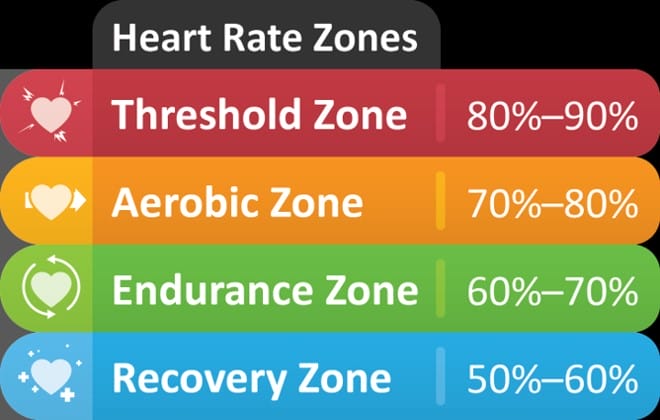 Varying your intensity across your normal training can make a big difference. Sometimes you don’t have to change your training, just change the intensity.
Varying your intensity across your normal training can make a big difference. Sometimes you don’t have to change your training, just change the intensity.
Have you and your Coach created a training plan that specifies the intensity of every session in all session during a week? It’s not too difficult to tag each session with a target zone of low, moderate or high-intensity days.
However, do you use a HR monitor, you should !
If you use a heart rate monitor, be sure to record the HR BPM for each workout. Record your workout for all your exercise sessions.
Doing this will ensure that you actually stay within the zone agreed. You shouldn’t be at 70% of your Max HR on your recovery 30 minute run!
If you want to know more about calculating your daily and weekly workload click here to listen to the advice from Martijn van Dooremalen on how to devise a yearly, weekly plan. In this post he will explain the importance of workload plus HR monitoring.
Do you have a HR monitor and do you know how to use one
– – – – – – – – – – – – – – – –
5 Have a talk with your Coach
 Getting stuck in a plateau can happen for many reasons and they aren’t all of your making .
Getting stuck in a plateau can happen for many reasons and they aren’t all of your making .
Sometimes the training that you are experiencing can lead to a plateau. These points all refer to you and your Coach.
Consider them carefully and see what thoughts they stimulate.
- How often do you meet with your Coach and talk about how you feel, your desires for the future, how the current training plan is working for you.
- It’s very important that you meet with your coach at least every 4-6 weeks if not more. If they are your personal individual coach then you should expect a big review every 3 months and mini-meetings every week or month to discuss plans and progress.
- Does your Coach know you feel like you aren’t improving, sluggish, or stale. Coaches aren’t generally mindreaders, so please explain how you feel 😉
- Are the sessions too similar, do you crave for more variation, varying intensity or even more enjoyment? 🙂 Tell your Coach!
- I’m writing a post on how to communicate with your Coach. If you want to help me with it please send me some ideas, email contact@badmintonandy.com
If you don’t talk with your coach or mentor it’s very difficult for things to change, and change must happen if you are to feel different
– – – – – – – – – – – – – – – –
6 Be assured
If you find you still can’t break through that plateau, then make the decision to change just one thing. Give your mind something to hold on to and then relax.
Remember, sometimes a plateau just happens (or you think it’s happening) as your body catches up with new body weight or fitness level.
Rest assured your body knows what is best and will break through the plateau at the right time if you look after it 🙂

